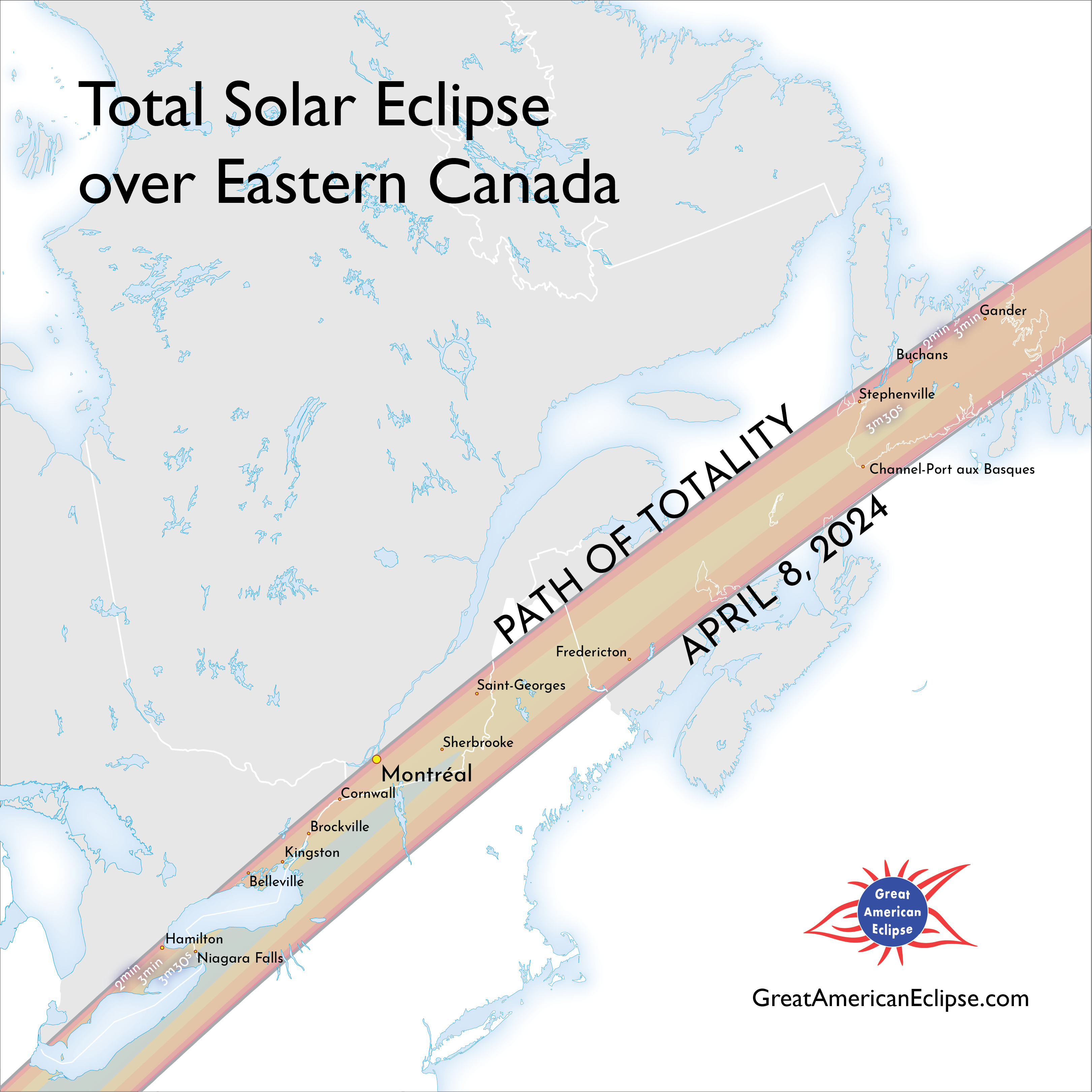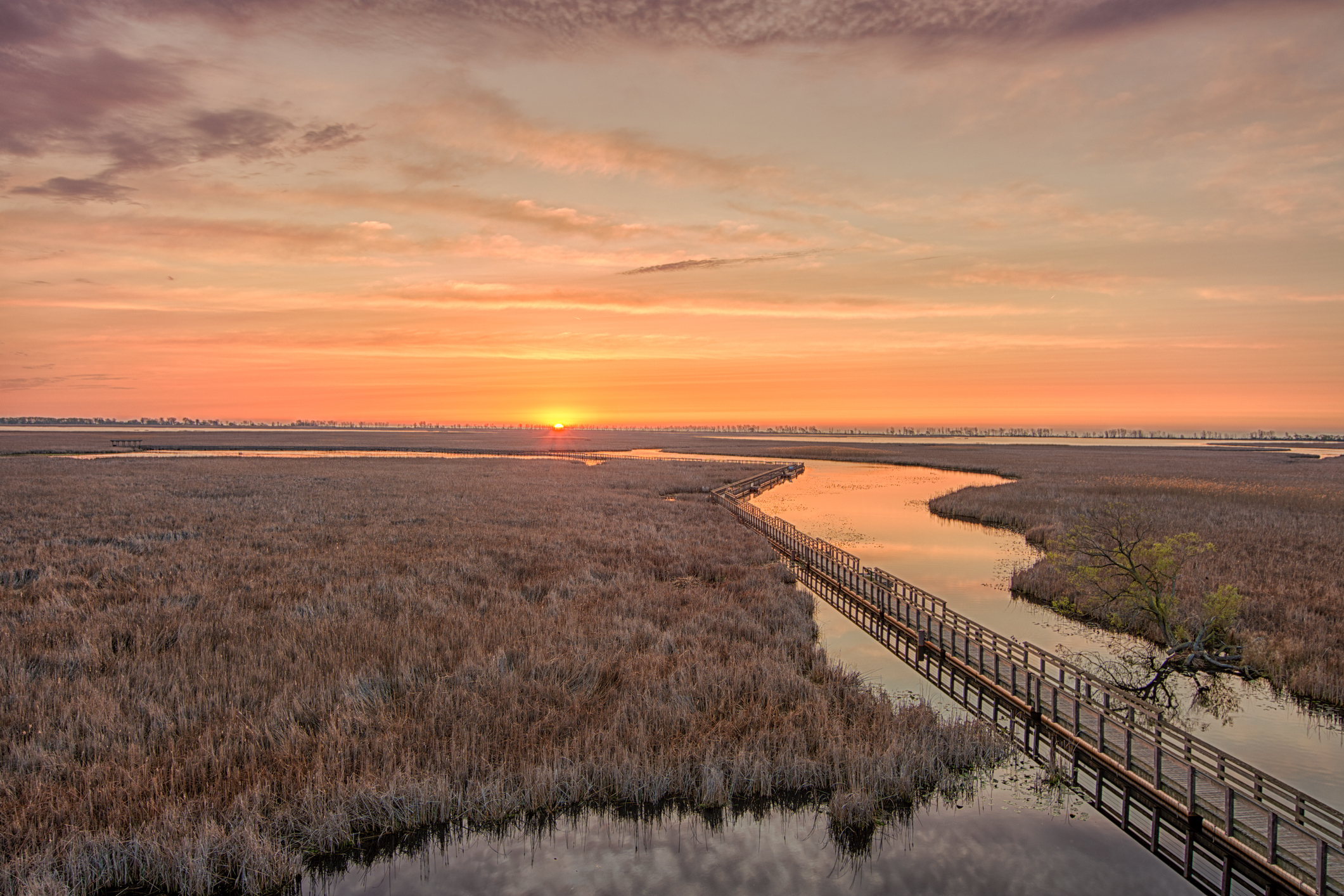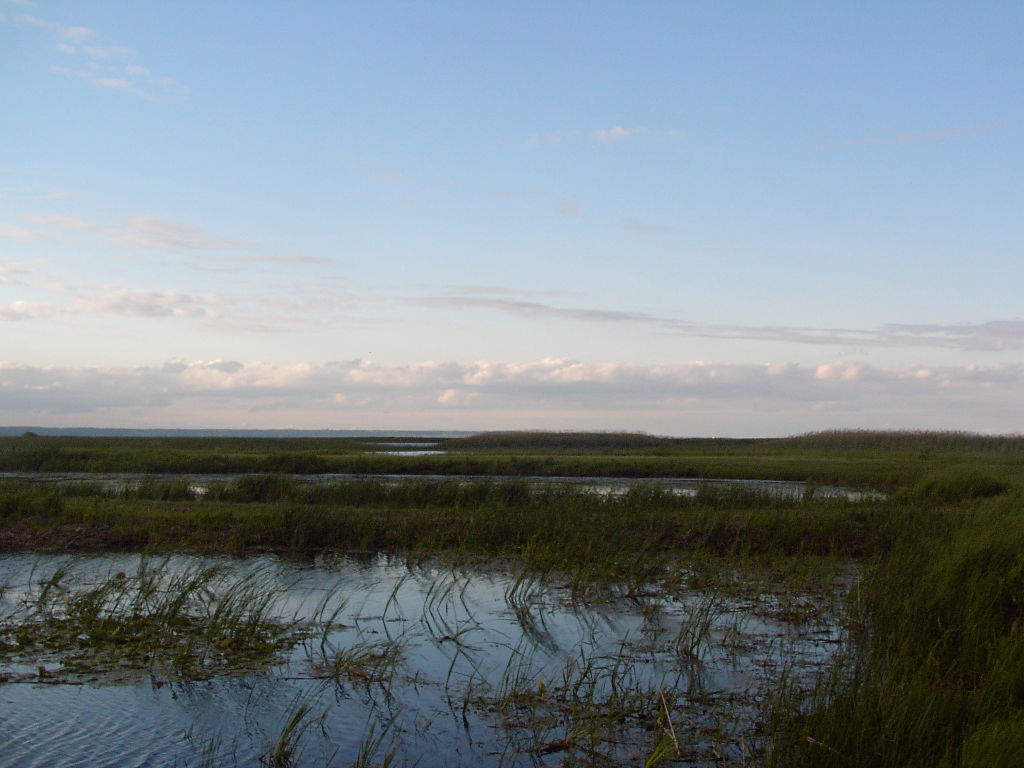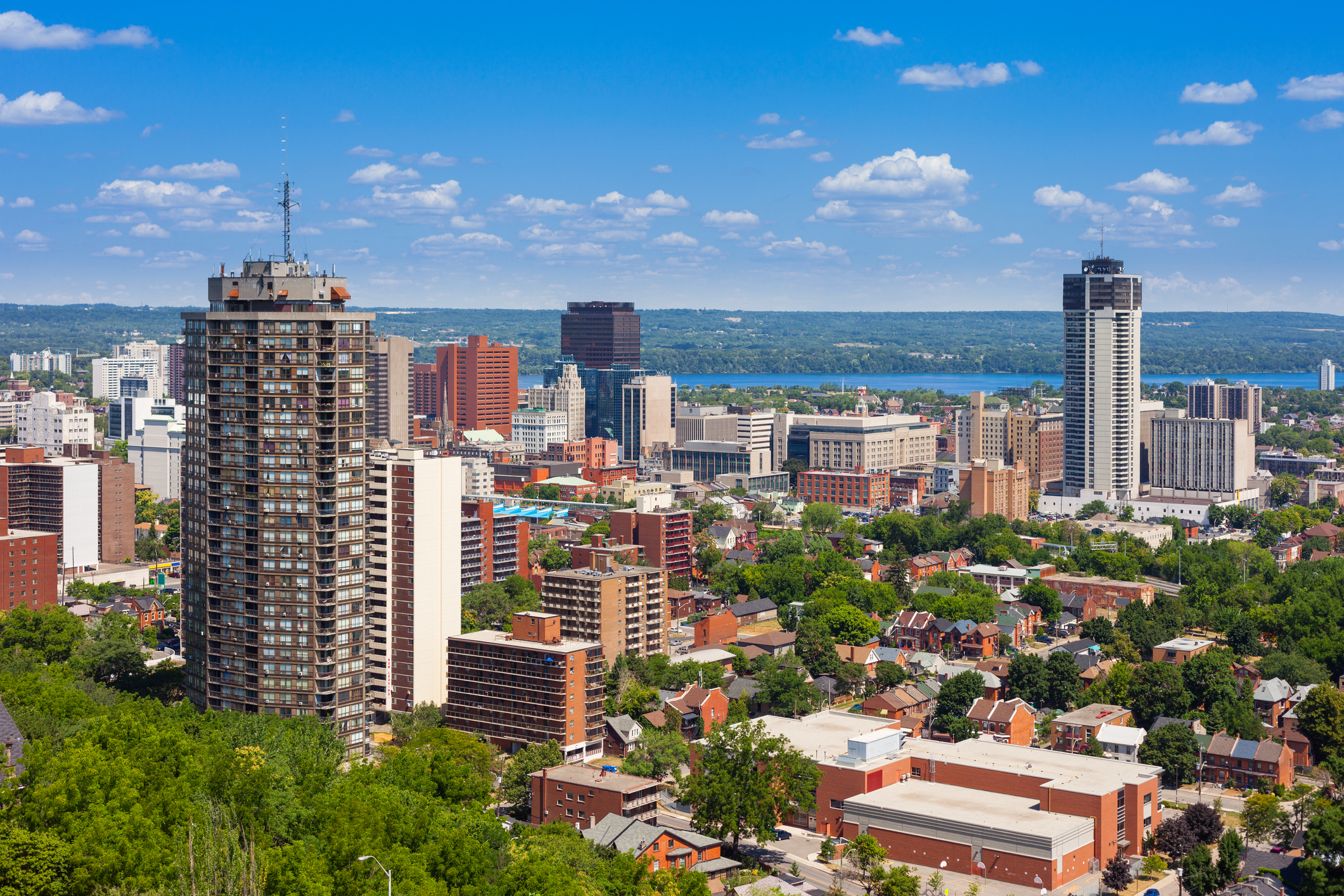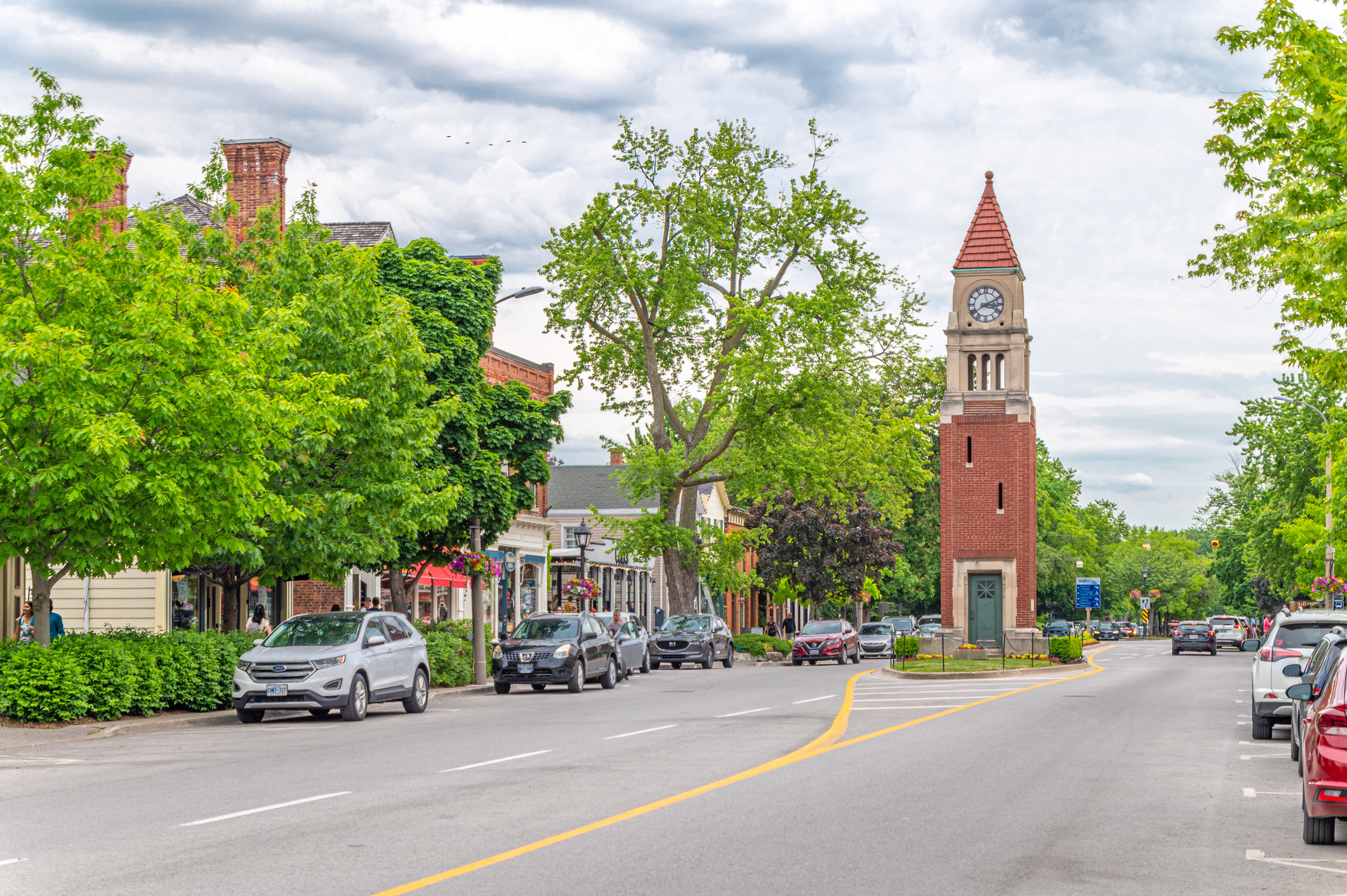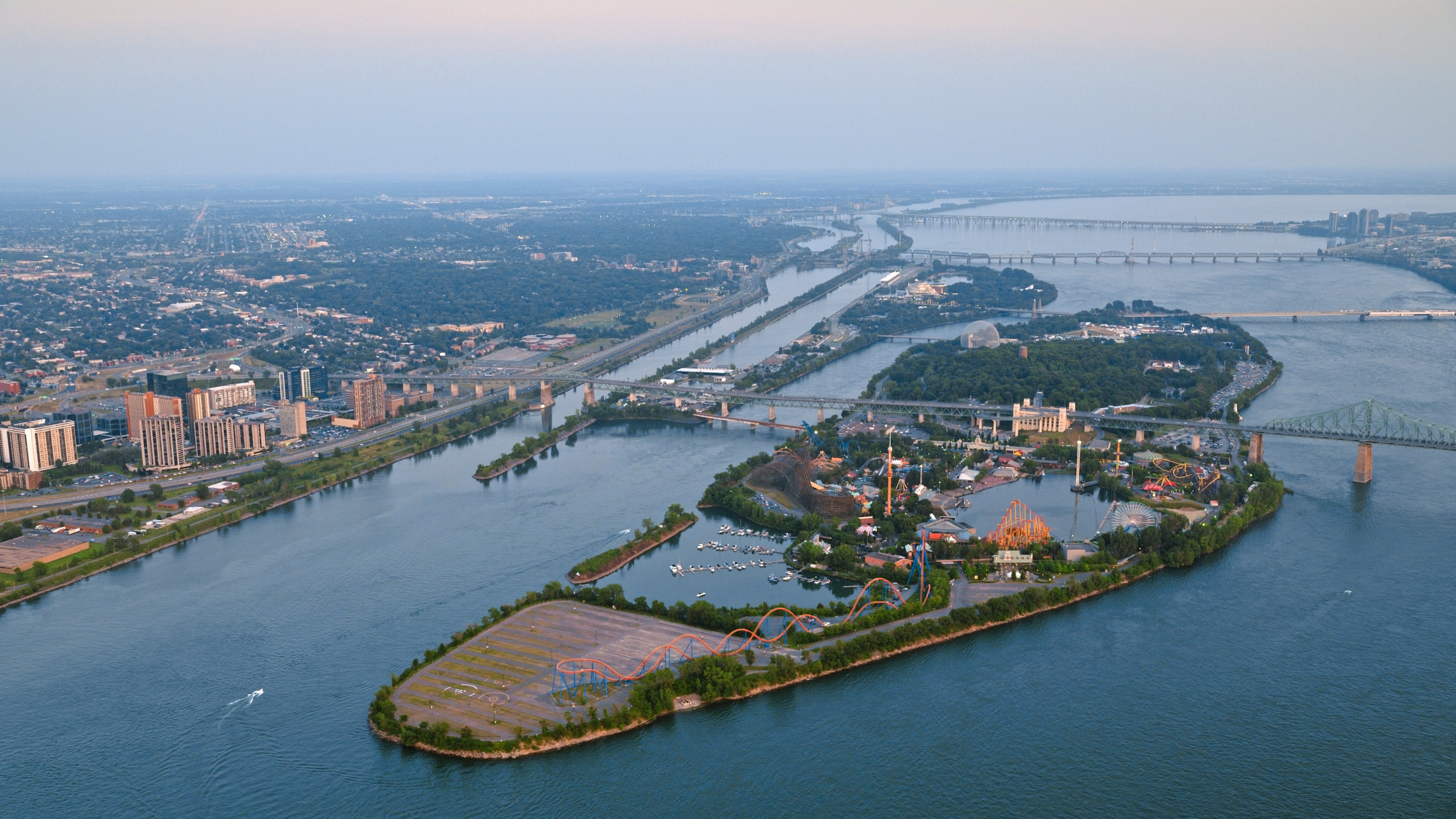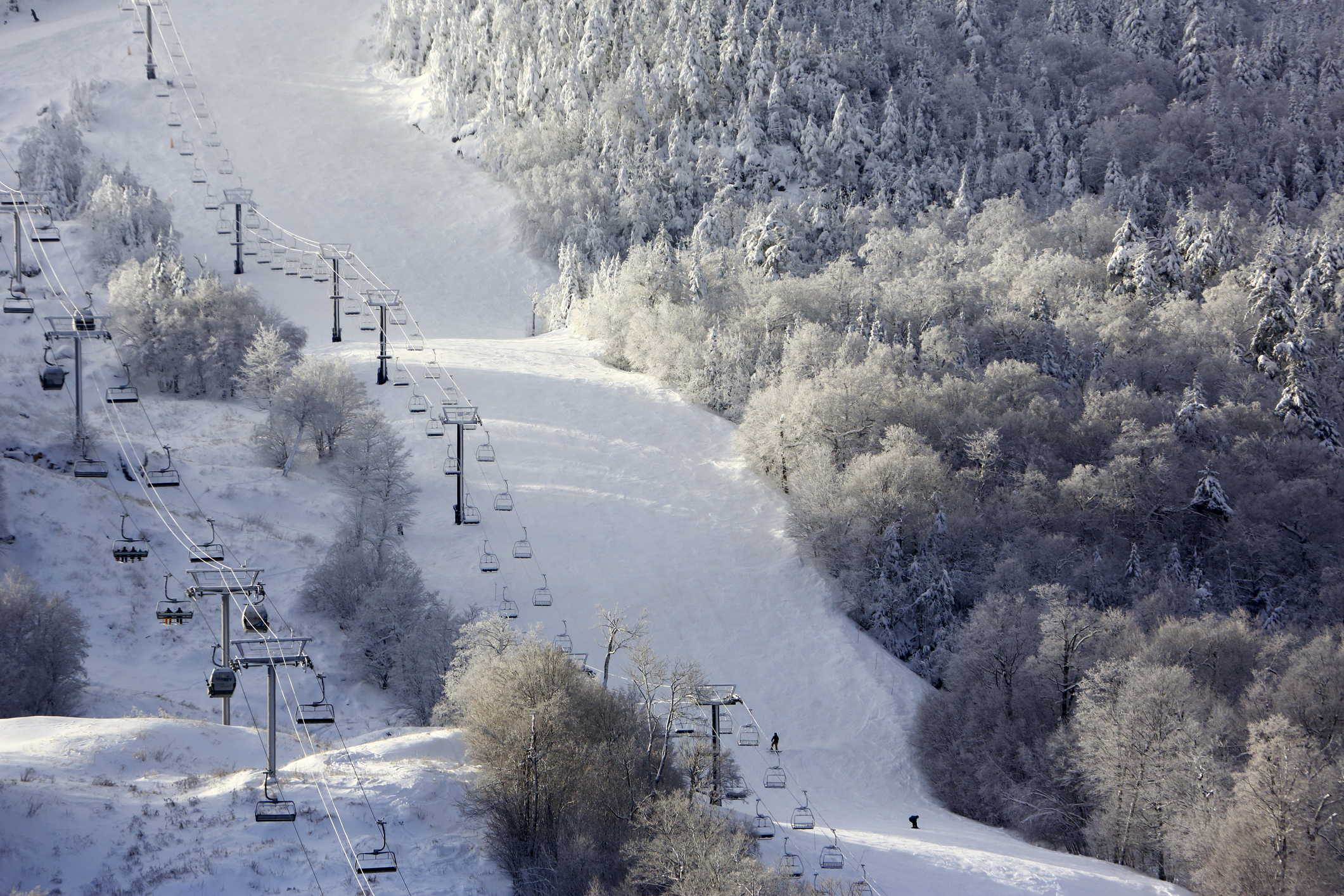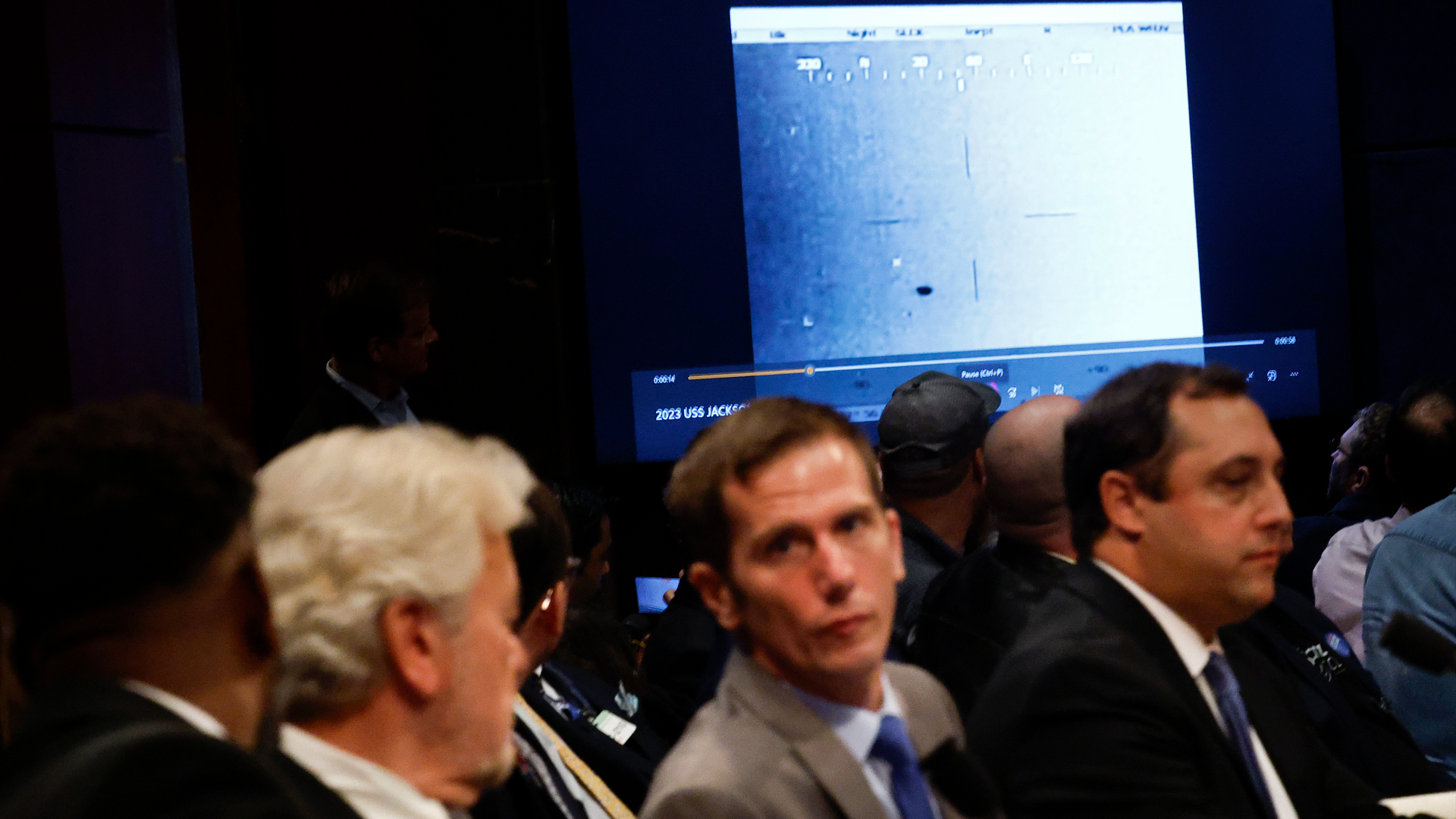The best places in Canada to see the 2024 total solar eclipse
On April 8, 2024, all of Canada will see at least a partial solar eclipse, but parts of Ontario, Quebec and Atlantic Canada will experience totality.
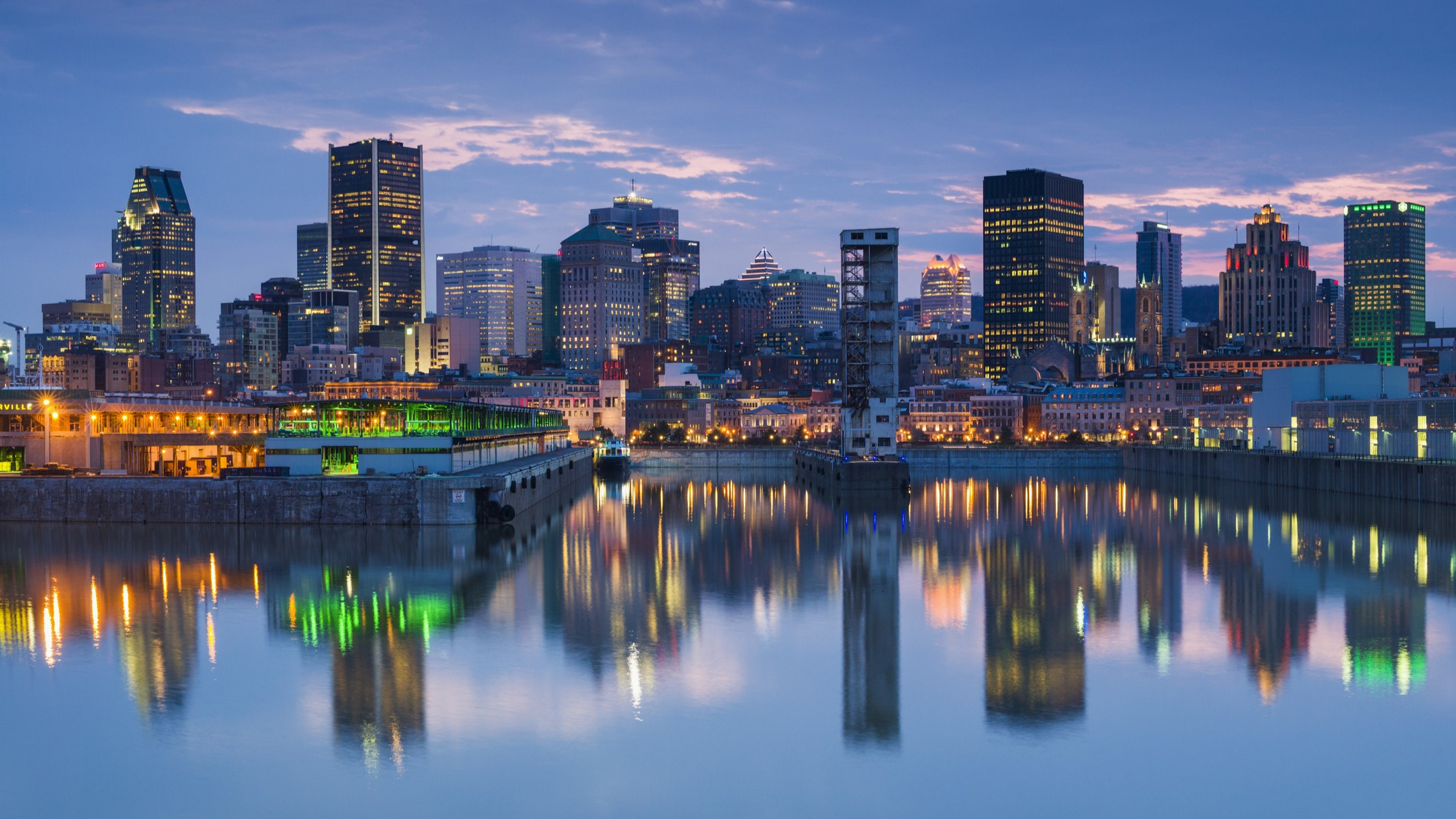
On April 8, 2024, Canada will experience its first total solar eclipse since 1979, but this time, some of the nation's biggest cities will be in or near the path of totality.
The path of totality extends from northwest Mexico, through the U.S., to southeastern Canada. It will be 115 miles (185 kilometers) wide, on average, and only within it will it be possible to experience darkness in the daytime and glimpse the sun's corona with the naked eye for up to 4 minutes, 28 seconds. This path of totality is the moon's umbra, where the moon appears to block the sun's disk completely.
"It's going to be a huge event because even though totality is only coming to the south of Canada, everybody in the country will see a partial eclipse," Olivier Hernandez, director of the Rio Tinto Alcan Planétarium in Montreal, told Space.com. "That has not happened for over 30 years."
Related: Total solar eclipse 2024: Live updates
The path of totality through Canada
After passing through northeastern Mexico and 15 U.S. states, the path of totality will track along the Canada-U.S. border as it heads across Lake Erie and Lake Ontario, with the southern reaches of Ontario and Quebec experiencing totality.
However, Canada's two largest cities will have different experiences. Montreal (population 1.6 million) will be split in two by the path's northern limit, and Toronto (population 2.6 million) will just barely miss out. Nor is Ottawa in the path. It means many Canadians must travel to experience totality. In addition to Montreal in Quebec, Kingston, Niagara Falls and Hamilton, Ontario, are in the path.
"Toronto won't get totality, just a 99.9% partial eclipse — not the same thing at all — so people will have to go to Hamilton if they want to experience something rare and emotional," Hernandez said. "For those in Montreal, it will be better to be in the downtown area."
Breaking space news, the latest updates on rocket launches, skywatching events and more!
Although Toronto is outside the path, its residents can take either the 401 east along Lake Ontario into the path of totality or the 403 to Hamilton and beyond.
"People in Toronto might choose to use the Go regional transit system and a train to the end of the line to Burlington," Victoria Kramkowski, co-chair of the Eclipse Task Force at the Royal Astronomical Society of Canada (RASC), told Space.com.
While Burlington will get around 1 minute, 30 seconds of totality, Niagara Falls will get well over 3 minutes. "We might also see a lot of people going to stay with their friends or family in places like St. Catharines, a satellite city of Niagara." That zone between Hamilton and Niagara is sure to be busy.
Few international eclipse chasers will travel to Canada purely because of the weather predictions, but Canadians are optimistic. "There's around a 50% chance of bad weather, but that also means a 50% chance of good weather, so it's not so bad," Hernandez said.
Total solar eclipse timings for Canada
The moon's shadow will take 34 minutes to cross Canada, with totality occurring between 3:12 p.m. EDT and 5:16 p.m. NDT. According to eclipse cartographer Xavier Jubier's interactive Google Map, the path will be 112 miles (181 km) wide as it enters Canada in Ontario and 100 miles (162 km) wide as it departs for the Atlantic Ocean at Newfoundland. On the centerline through Canada, totality will last between 3 minutes, 31 seconds and 2 minutes, 53 seconds.
With that said, here are the best places in Canada to see the 2024 total solar eclipse.
1. Point Pelee National Park
Location: Point Pelee National Park, Ontario
Local time and duration of totality: 3:13 p.m. EDT; 2 minutes, 45 seconds
The first places to experience totality in Canada will be its southernmost communities, with Point Pelee National Park a key location given its geography. Jutting into Lake Erie and the path of totality, this area of walking and cycling trails, paddling and birding could be a great place to watch how wildlife reacts to the eclipse. It's also a dark sky reserve. It's been cloudy here on April 8 about 67% of the time since 2000, according to timeanddate.com.
2. Long Point Provincial Park
Location: Long Point Provincial Park, Ontario
Local time and duration of totality: 3:16 p.m. EDT; 3 minutes, 27 seconds
On the northwest shore of Lake Erie, this spit of land also reaches into the water for a long totality. A UNESCO Biosphere Reserve, it's one of North America's largest bird migration areas and at its best during spring. It's split into two parts, New Park and Old Park, which have four campgrounds and a south-facing aspect. There's parking for 650 vehicles. It's been cloudy here on April 8 about 61% of the time since 2000, according to timeanddate.com.
3. Hamilton
Location: Ontario
Local time and duration of totality: 3:18 p.m. EDT; 1 minute, 50 seconds
Canada's Golden Horseshoe eclipse will center on Hamilton. With nearby Toronto at the western end of Lake Ontario getting just a 99.97% partial solar eclipse, the nearly 3 million people in that city will likely migrate southwest to Hamilton, home to almost 600,000. The city's first totality since Jan. 24, 1925, will be marked by events organized by the RASC's Hamilton Centre. It's been cloudy here on April 8 about 61% of the time since 2000, according to timeanddate.com.
4. Niagara region
Location: Ontario
Local time and duration of totality: 3:19 p.m. EDT; 3 minutes, 15 seconds (St. Catharines)
For millions of Canadians, the Niagara region east of Hamilton is the closest, most accessible and best place to view the eclipse. That region centers on St. Catharines, while nearby Niagara-on-the-Lake and Niagara Falls will also be busy. Expect crowds on the southwest coast of Lake Ontario and the northeast coast of Lake Erie. Totality won't revisit the region until 2099. It's been cloudy here on April 8 about 62% of the time since 2000, according to timeanddate.com.
5. Kingston
Location: Ontario
Local time and duration of totality: 3:22 p.m. EDT; 3 minutes, 2 seconds
On Lake Ontario, at the mouth of the Cataraqui and St. Lawrence rivers, Kingston is preparing for its first totality since 1349 and the last until 2399. Astronomers at Queen's University in Kingston are taking charge, with eclipse-viewing events planned so far for Fort Henry, Browns Bay Beach and Upper Canada Village. It's been cloudy here on April 8 about 63% of the time since 2000, according to timeanddate.com.
6. Montreal
Location: Quebec
Local time and duration of totality: 3:26 p.m. EDT; 1 minute, 15 seconds
With its northern suburbs outside the path of totality, downtown will be the only place for Montrealers to experience the city's first total solar eclipse since 1932 and its last until 2205. A huge event for 100,000 people is planned for Parc Jean-Drapeau on St. Helen's Island, and another is planned for 10,000 at the Montréal Science Centre, which will experience 1 minute, 18 seconds of totality. Other events in the city are being organized by the Trottier Institute for Research on Exoplanets at the CEPSUM (1 minute, 1 second) and John Abbott College (1 minute, 3 seconds) in Ste-Anne-de-Bellevue, farther west. It's been cloudy here on April 8 about 69% of the time since 2000, according to timeanddate.com.
7. Mont-Orford
Location: Parc National du Mont-Orford, Quebec
Local time and duration of totality: 3.27 p.m. EDT; 3 minutes, 22 seconds
Quebec's Eastern Townships will get a lot of eclipse traffic on April 8, when thousands of Montrealers will travel southeast to extend totality. Many will aim for Mont-Mégantic, though its observatory is planning an all-ticketed event. Another option is Parc National du Mont-Orford for its lookouts and Mont-Orford Ski Resort. It's been cloudy here on April 8 about 78% of the time since 2000, according to timeanddate.com.

Jamie is an experienced science, technology and travel journalist and stargazer who writes about exploring the night sky, solar and lunar eclipses, moon-gazing, astro-travel, astronomy and space exploration. He is the editor of WhenIsTheNextEclipse.com and author of A Stargazing Program For Beginners, and is a senior contributor at Forbes. His special skill is turning tech-babble into plain English.
